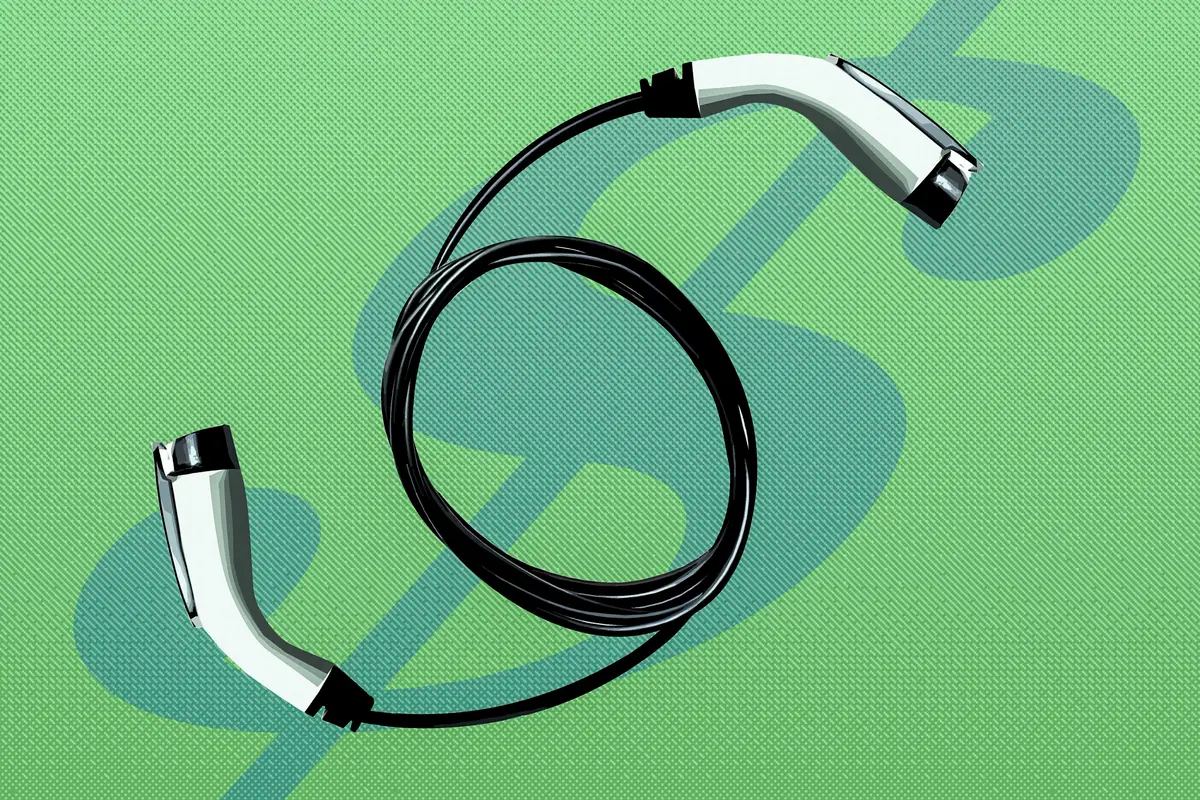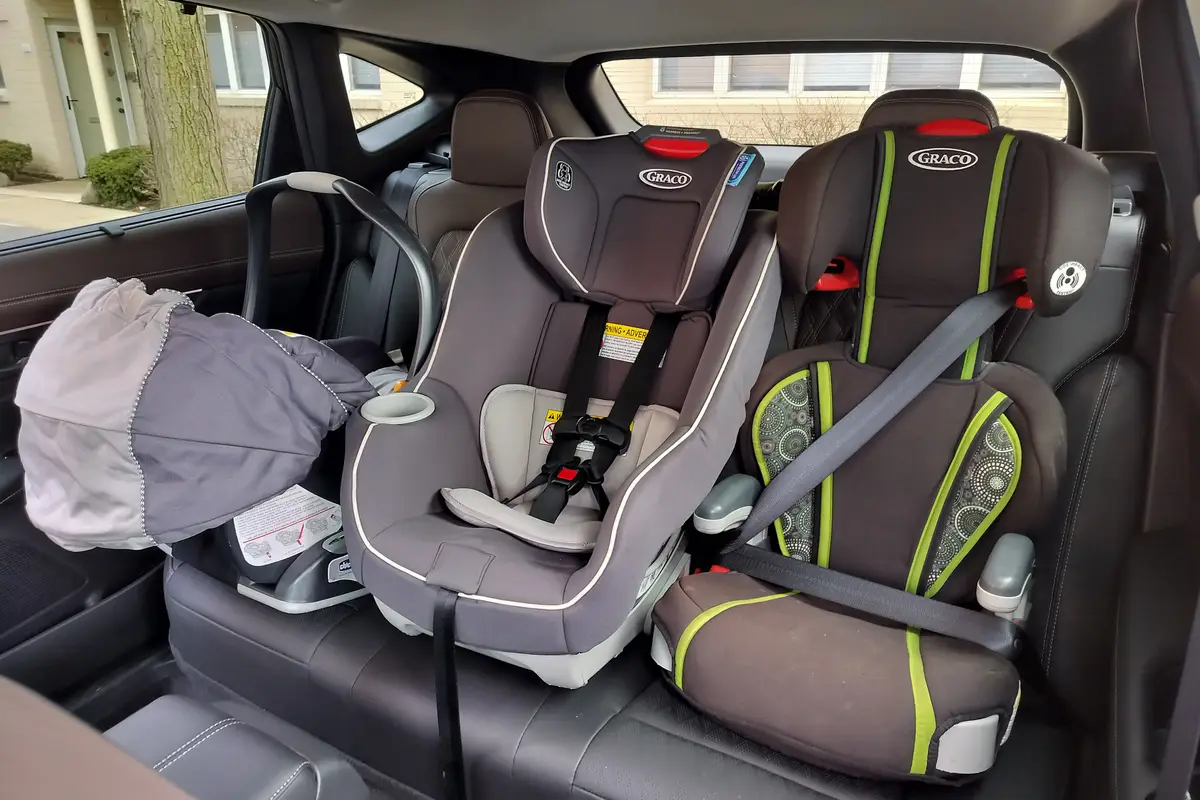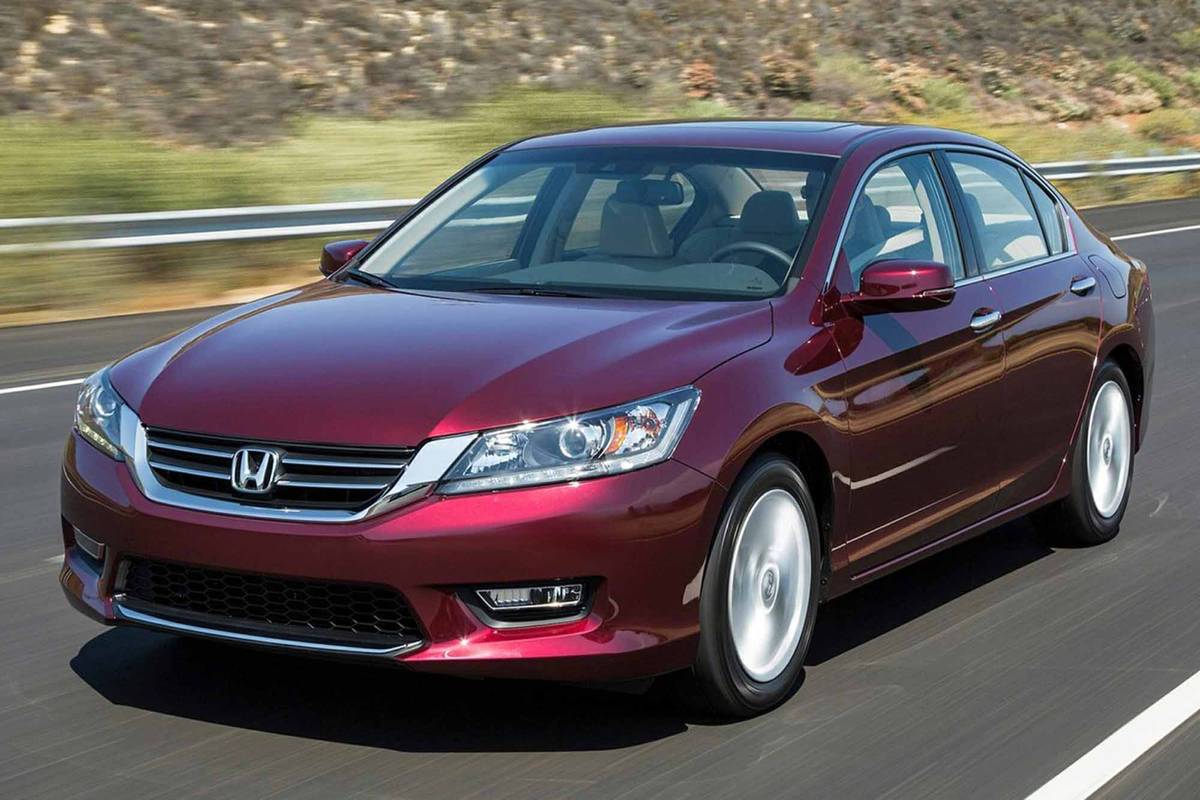Video: 2019 Honda Passport: First Drive
By Cars.com Editors
January 28, 2019
Share
About the video
The all-new 2019 Honda Passport is more than a rebadged version of the Honda Pilot. After spending some time with it in Utah on-road and off-road, some difference emerged even though the two vehicles share much of the same DNA.
Transcript
I'm here in Utah with the all new 2019 Honda Passport. Now, while this vehicle may be all new, the name isn't. It was actually sold previously as a re-badge is as a rodeo.
And I'll admit that when I first saw the Passport, I thought it was kind of the same thing. This is just the revised version of the Honda Pilot. However, after spending some time with it, both on-road and obviously off-road, a few differences emerged even though the two vehicles share much of the same DNA. Those differences begin with styling. The Pilot and Passport share the same wheel base, but there is a big difference with the overall length of the two vehicles. Now, Honda says the passport is 6.2 inches shorter with 0.2 inches coming up the front but a full six inches is coming up the rear compared to the Pilot. And the end result of that is that the Passport kinda looks like a Pilot with it's butt chopped off. On the exterior, also a few standard features worth calling out. 20 inch wheels and LED headlights standing on all grade levels. Those are two features that aren't normally standard on vehicles in this class. And as we come around to the front, you'll see the biggest visual distinction for the Passport and that is this front grill area. So it has kind of a unique grill and a lot of lower black cladding, which Honda says was done to make it look more rugged. The final dimension that we didn't mention on the exterior that will affect how the Passport drives is the additional ground clearance So with all wheel drive equipped, it has 0.8 inch more ground clearance that the Pilot does and that gives you a sharper approach and arch angles. So you're able to kind of go over a few things that you want to make it over with on the Pilot, but not too many. The two vehicles have identical power chains. So a 3.5 liter V6 that makes it 280 horsepower made into an 90 automatic transmission. Honda says pretty much the same. Tuning is pretty much the same, just a slight differences because the Passport is about 100 pounds lighter but the two functional drive kind of the same. Underneath the Pilot, a very intelligent all-wheel drive system that also makes its way through the Passport. Honda calls it I-VTM4 and that's a mouthful, but in this case it might be warranted because it's a very smart system. And what it can do is send 70% of the available torque rear wheels and 100% of that torque through back to the right and it doesn't do so with brakes. Some of the less robust all-wheel drive systems in the segment, they'll actually even break one of the wheels, to kind of transfer torque to the other wheel. Honda doesn't do that. They actually send 100% of the torque left or right so it's a true torque vectoring system, and it's very quick to respond. And it also offers four different distinct driving modes. So normal mud, snow, sand. And one of the advantages of Utah besides it being absolutely gorgeous is that we had a chance to sample all of those environments yesterday as well as some tweak crossings and going through water and it handled all those situations really well. In situations where the traction is kind of lost between one or two of the wheels, torque was quickly move. You can actually look at it in real time on this graphic that they have on the instrument panel and you can see how the torque is being split between all four wheels. This all-wheel drive system, surprised me when I drove the Pilot. So it's actually no surprise here that it's very good underneath the Passport. And if the Passport does have one shortcoming that would be rock crawling. So there isn't actually a drive mode for that. I know you didn't hear me mention one earlier. The mode that Honda recommended using was actually mud mode, which gives you a bit more throttle response, but then also thousands of slip into the traction control, which is not really what you want rock crawling. So for someone like me who buys things for what I might do, not that I actually do which is the reason that I have a wet suit in my closet, this vehicle is great. If you need to get it down, dirt roads, to get to a campsite, if you need to get into the mountains during the winter to do like snowboarding or skiing, great beautiful for that. Not really true in off-roader so you're not gonna rock crawl for that. A vehicle like the third or fourth runner would be more suited for that and the Jeep Wrangler, but those vehicles they're a bit more rugged, they don't play ride as well. And this offers a great balance between off-road and on-road capability. Here on the road is no surprise that the Pilot and the Passport drive pretty much the same since they do have the same powertrain. There are a few key differences though between the Pilot and the Passport, starting with the Passport's ground lifts. So as we mentioned during the off-road section, it came in handy for getting over a few obstacles, but here on the road, it makes the drive a bit more like an SUV. And that means that you get a bit more body roll in corners, and it feels like the car leans a little bit more as you turn it especially on a road like this. It doesn't necessarily feel unruly at high-speed. It's pretty stable still, but you'll definitely feel the added height. Now, there are three changes that Honda made to the Passport versus the Pilot, which I think actually improve the driving experience quite a bit. And the first one would be that they quickened up the steering ratio. So the steering on the Pilot is a little bit loose, it's a little bit wonky. On the Passport here, it feels a bit tighter on the road. And Honda says that they did this in order to give you a bit more dexterity when you're off-roading but I think those changes actually pay more dividends here on the road. The second way is they redid the throttle mapping to make it more aggressive. So again, for the off-road you want be able to get into the power more quickly when you are trying to get over an obstacle or get through some mud or sand, but here on the road, it makes the engine feel a lot more responsive. One of my big problems with the Pilot was that I felt there was a disconnect at times between the accelerator pedal and the engine kind of spooling up through before. No such problems here. The engine fueled more responsive, the whole powertrain actually fueled more responsive due to that change in the throttle. So kudos to Honda again for that. The final change is the exhaust knob. So this is a more aggressive kind of vehicle and Honda wanted the sound that would fit that. So they recreated the exhaust knob to make it deeper, to make it throw to your ear and you can hear it definitely more in the cabin. And these three changes in total do make the Passport, I think, a better driving vehicle than the Pilot. And these are three changes I'd actually like to see reflected on the next generation of the Pilot. Speaking of the Pilot, the shared DNA between the two vehicles is most readily seen on the interior where the two vehicles actually have the exact same dashboard. So Honda tells us that what you see here is exactly what you saw on the 2019 Pilot. And that means you have the same multimedia screen with standard Android added on the Apple CarPlay and these touch capacitor buttons that I don't really like. Another thing I don't really like, they kept the shifter. So sometimes you move to an electronic shifter like this, move it somewhere else to save space. This doesn't actually you any space and it's kind of weird to use. So hoping to see Honda go back to a more standardized kinda shifter in their next vehicles. Now it could be argued that the weakest part of the Pilot interior was its third row which I didn't find to have enough room really for adults. Throughout the third row and the first two rows of the Pilot are very good and the same is definitely true of the Passport. So lots of room in the front, lots of room in the second row. Honda tells us that the Passport has class leading passenger volume and seating in the back seat, you definitely believe it. There is a lot of headroom and a lot of leg room. And even though this is an all-wheel drive vehicle, there's no center for output. So even if you're stuck in that middle seat, you'll actually have somewhere to put your feet. Now there's one final annoyance with the Passport's interior. This is also to the Pilot. The seatbelt for the center passenger in the backseat is actually mounted in the ceiling. And what that means is if you sit in the middle and it's not set up, it's kind of hard to reach back and grab and pull down. And when it is set up, it kind of just floats in the driver's vision. So when you look in the rear view mirror, there's a seatbelt waving back and forth and that can get kind of annoying. Final area that I wanna highlight with the Passport is the cargo area. Now, has a lot of raw storage capacity. 41.3 cubic feet behind the backseat. Drop that down, open it up to 77.9 cubic feet. And that's a pretty big trunk for something in this class. Also, we like plenty of convenience features. So on either side here, you have these powered release button for the backseat. So one touch operation on either side. Just press a button, they drop all the way down, opens up the cargo area really nicely. The final thing that I like a lot is this under four storage. So groups up here to reveal a bin. Honda measures this at 2.5 cubic feet, but that doesn't really mean anything. What matters is what you can actually fit in it. And that's my backpack in there. It has a 15 inch BiPAP inside, and that's not something I can fit in most under four storage. Furthermore, this lifts up again to reveal another small storage space. And one more really convenient feature that I like about this bin and that is that you can actually take it out. So all you do is undo a clip here, and it lifts right out. So if you have to store something muddy or dirty, you don't want to get the interior of the car messed up, drop it in the bin. When you get home, take the bin out, close it up, ready to go. The 2019 Passport will start at 33 35 including destination targets. But there is one catch that we think potential buyers should watch out for. And that is an all-wheel drive is actually only standard on the top elite trim level. If you end up with any of the other three trim levels, it's gonna cost you an extra $1,900. And that's an option that we think that most people who are buying this vehicle will go for and as good as the all-wheel drive system is, that's still quite a premium to pay. Honda actually provided us an exact on sale date for the 2019 Passport and that is February 4th, 2019.
Featured stories

By Cars.com Editors
July 11, 2025

By Jennifer Geiger and Jennifer Newman
July 8, 2025

By Drew Koenig
July 1, 2025
